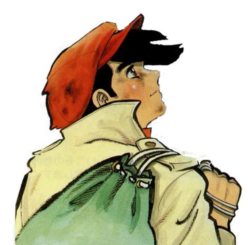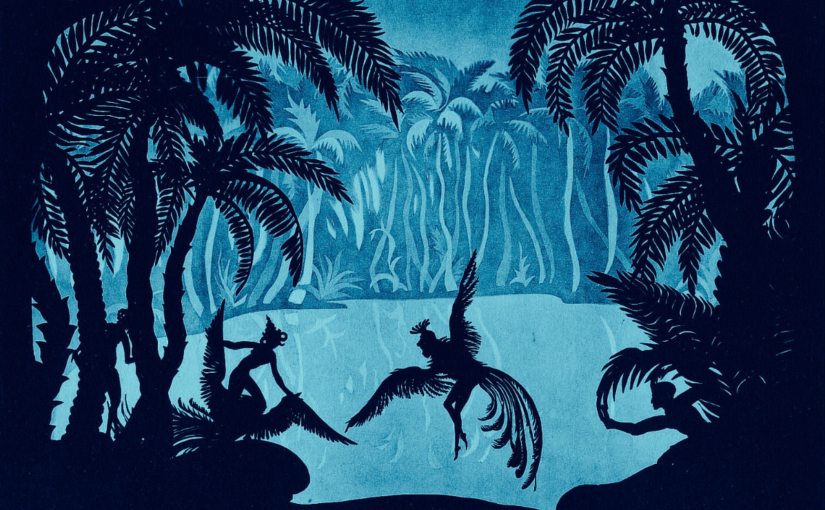A fan’s subjective perspective on the early stages and evolution of traditional animation. Mostly an extensive list of cartoons and films that stand out in my eyes, all in neat chronological/geographical order. You’re welcome. I wish I had this at my disposal when I was doing all the research, but here it is for you. For a detailed overview of the history of animation in all its forms, I can suggest you a Wikipedia page or an art school history class. In this post, like in most posts on this blog, expect to see and read about things that peaked my personal interest and maybe add some hidden gems on your to-watchlist. Being the half-assed completist that I am, I have skimmed through some stuff, and sat all the way through some of it. There’s the occasional bit of technical info, some trivia and some lazy copying of certain free online encyclopediae and other sources. Don’t worry, I’ve put in some extra work and LOADS of video links to make it worth your while.
1) Early stages of animation: 1900-1940 – Winsor McKay, Vladislav Starevich and rotoscoping
Fantasmagorie – Emile Cohl, 1908 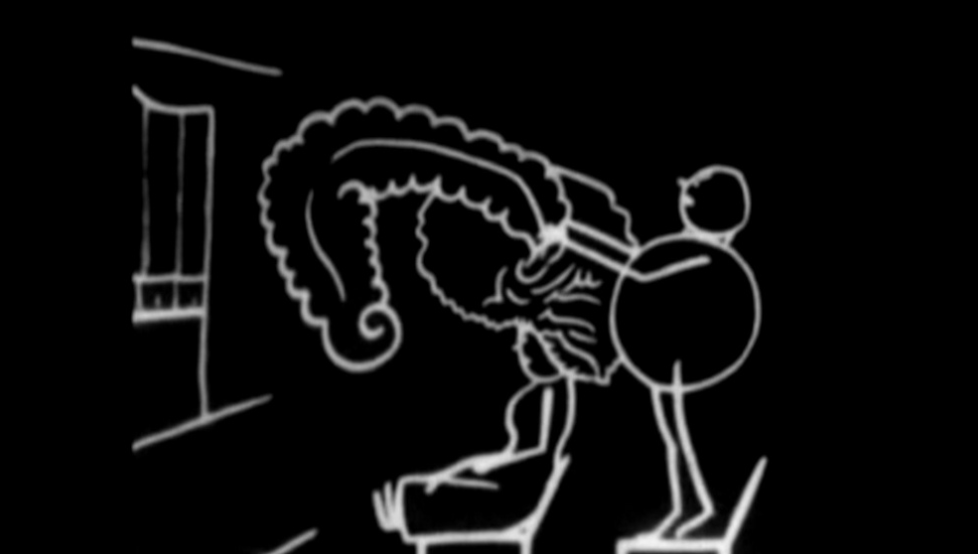
I just started but I’m already in awe. Even though it’s the very first animated film and starring white stick figures on a black background, sporting a length of just under 2 minutes, I would say it still holds up to this day as an artist’s stream-of-consciousness trip. Cohl apparently drew each frame on paper and shot each frame onto negative film, which gave it a kind of blackboard look. That’s what the internet says at least.
Vladislav Starevich
The Beautiful Lukanida – Vladislav Starevich, 1912
Influenced by the former, Polish-Russian animator Vladislav Starevich started to create stop motion films using dead insects with wire limbs. Macabre. I like it. It’s not exactly the first stop-motion experiment. Some lost films from the early 1900’s may have included stop-motion and Dreams of Toyland (1908) features a scene with many animated toys.
The Cameraman’s Revenge – Vladislav Starevich, 1912
Again with the dead bugs.
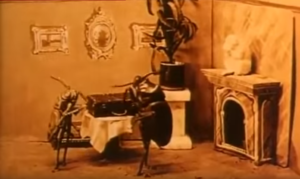
What’s interesting about this one is the complexity of the story. Characters have feelings, desires and motivations and act accordingly. Yep. Beetle puppets with feelings. I struggle not to sound condescending, seriously, I’m genuinely amazed at the level of depth here. By the way, I’m doing captions.
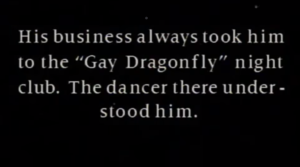
Meanwhile Mrs. Beetle cheats on him with a painter. Tragedy, violence and grappling bugs are the consequences and it ends with forgiveness and a return to a nice, boring, uneventful life.
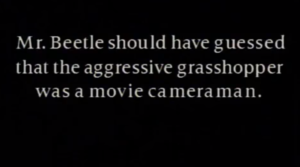
Sorry, this movie is caption gold.
Winsor McKay
Little Nemo , 1911
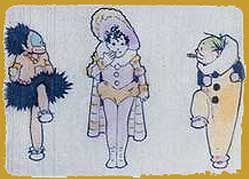 Winsor McCay was an American cartoonist, best known for the comic strip Little Nemo. He also self-financed and animated some films. Notice him toying around with perspective. Also worth noting: drawing of morphing body shapes, later used extensively by Bob Clampett to convey emotion. A laborious work of 4000 paper drawings. More on Winsor McCay in a future post about the history of comics.
Winsor McCay was an American cartoonist, best known for the comic strip Little Nemo. He also self-financed and animated some films. Notice him toying around with perspective. Also worth noting: drawing of morphing body shapes, later used extensively by Bob Clampett to convey emotion. A laborious work of 4000 paper drawings. More on Winsor McCay in a future post about the history of comics.
Gertie the Dinosaur, 1914
Notice the shaking lines. He drew the whole background over and over? 10.000 frames? Insane son of a bitch. First combination of live-action footage with hand-drawn animation.
The sinking of the Lusitania, 1914
Explosions! Smoke! A moving sea! Bit of a boring watch, but very tragic. This time he used cel technology. For 22 months. Imagine the adventures Little Nemo could’ve had.
John Bray
Colonel Heeza Liar, 1915-1924
John Bray patented the cel technique: animating moving objects on transparent celluloid sheets. The sheets were then photographed over a stationary background image to generate the sequence of images. Does anyone notice when I’m quoting Wikipedia? Colonel Heeza Liar was a series of cartoons to be shown in theaters. It featured some pretty detailed characters. There’s some cool use of perspective in some shots. Movements are choppy, but that is to be expected from a series that was produced regularly.
Bobby Bumps, 1915-1925
Another cartoon series made for theaters. Like an animated gag cartoon with speech balloons. I noticed some repeating backgrounds to save effort during a sideways sequence in this one. Also racism! (In a different episode)
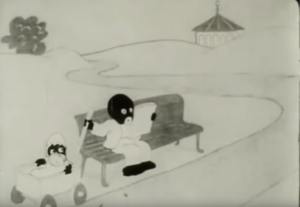
Max Fleischer – Rotoscoping
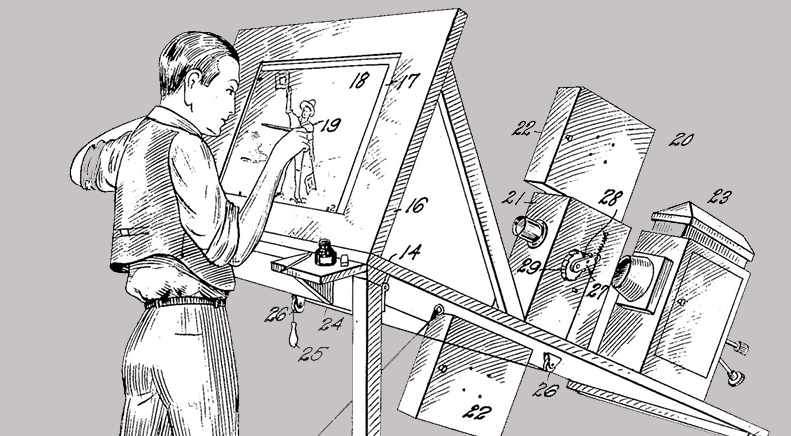 In 1915, another animation technique was invented by Max and Dave Fleischer, called cheating. I mean rotoscoping. Did I say rotoscoping? I meant cheating. Animators use it to trace over motion picture footage, frame by frame, to produce realistic action. Which just makes me wonder why they bothered to animate in the first place. More about this perhaps in a later article. Some decades later this was used on the character of Snow White by Walt Disney and extensively used by Ralph Bakshi in several of his films. Rotoscoping was also what produced the glowing lightsaber effect in the original Star Wars movies. After (intelligently) leaving it for a while, Fleischer (stupidly) returned to rotoscoping in the 1930s to show intricate dance movements. With characters like Koko the Clown, Popeye and Betty Boop, Fleischer attempted to rival Disney in the coming decades.
In 1915, another animation technique was invented by Max and Dave Fleischer, called cheating. I mean rotoscoping. Did I say rotoscoping? I meant cheating. Animators use it to trace over motion picture footage, frame by frame, to produce realistic action. Which just makes me wonder why they bothered to animate in the first place. More about this perhaps in a later article. Some decades later this was used on the character of Snow White by Walt Disney and extensively used by Ralph Bakshi in several of his films. Rotoscoping was also what produced the glowing lightsaber effect in the original Star Wars movies. After (intelligently) leaving it for a while, Fleischer (stupidly) returned to rotoscoping in the 1930s to show intricate dance movements. With characters like Koko the Clown, Popeye and Betty Boop, Fleischer attempted to rival Disney in the coming decades.
Out of the Inkwell: Modeling, Max Fleischer 1921
By the way, I also don’t like traditional animation mixed with live action. But I suppose this must’ve been really impressive back in the day. It is considered a milestone of animation. Of course not all of this is uh, rotoscoped. Just some of the more intricate movements. Honestly, I’d rather talk about racism than rotoscoping. These are pioneering efforts, but stick around for, in my opinion, nicer stuff by Disney.
Out of the Inkwell: Bedtime, Max Fleischer 1923
A more refined and elaborate effort. Some interesting things like moving of sheets or draining of water. Well for me it’s interesting.
Ko-ko Song Car-Tune, Tramp, Tramp, Tramp, Max Fleischer 1924
Lovers of karaoke history, pay attention. My favorite Fleischer invention, the “follow the bouncing ball” technique.
My Old Kentucky Home, Max Fleischer 1926
Cited by some as the first cartoon with synchronized sound instead of Disney’s Steamboat Willie.
Sorry for the bad press, Max, not a fan just yet. But I’ll give you another shot in the next decade.
2) Early stages of animation: 1900-1940 – Europe: Lotte Reiniger, German Abstract animation and Sovjet cartoons
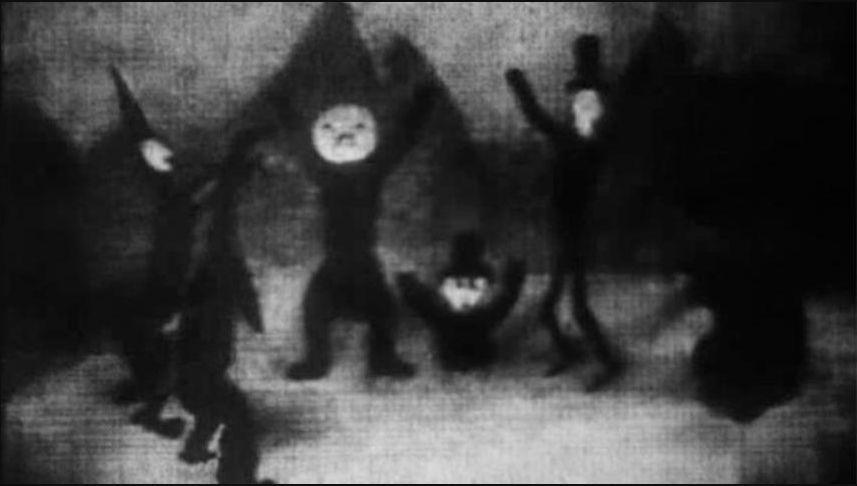
The earliest animated feature film you know is probably Snow White and the Seven Dwarves. Although an amazing feat of animation, the actual first animated film predates Disney’s by 20 years. The first animated feature film, El Apóstol by Quirino Cristiani, made in 1917 in Argentina was lost in a fire. Sorry. But here’s a guy talking about the guy that made it.
Cristiani also directed Pelúdopolis, the first animated film to use synchronized sound. Also gone, sorry.
Abstract animation
During the 1920s, abstract animation was invented in Germany, but didn’t develop until after 1933 because of Nazi censorship. Some sources report it was invented by Italian Futurists in 1911. But I don’t feel like messing up my list, so let’s pretend that didn’t happen. Abstract films weren’t really intended as animation, they’re more like visual experiences with sound, but there’s no concrete story. You know, abstract. Walt Disney also used abstract animation in Fantasia. Shortly after the invention of LSD. Coincidence? I think not.
Some examples by Hans richter:
Rhythmus 21, 1921
Rectangles and such.
Filmstudie, 1925
Cool. Pretty lights. I’m so easy.
An Optical Poem – Oskar Fischinger, 1938
Circles and such. Abstract animation by Oskar Fischinger.
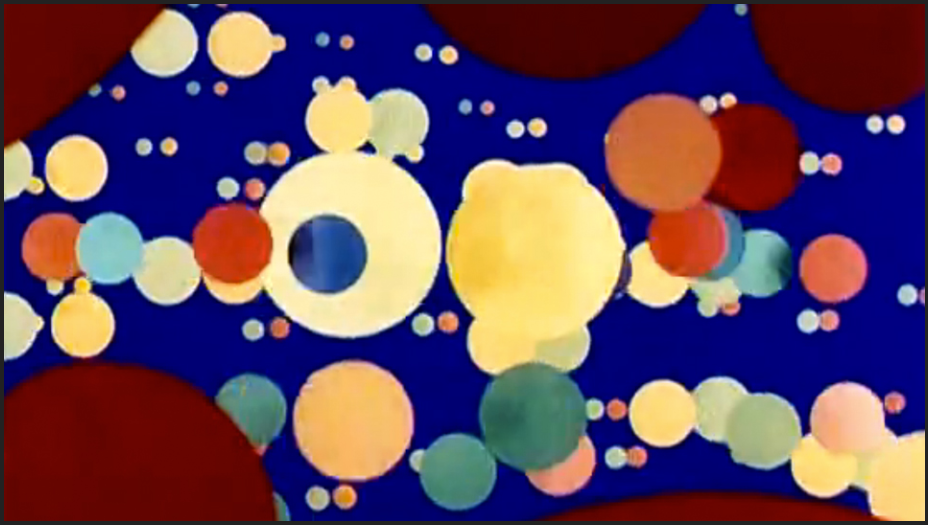
Lotte Reiniger’s silhouette animation
The Adventures of Prince Achmed – Lotte Reiniger, 1926
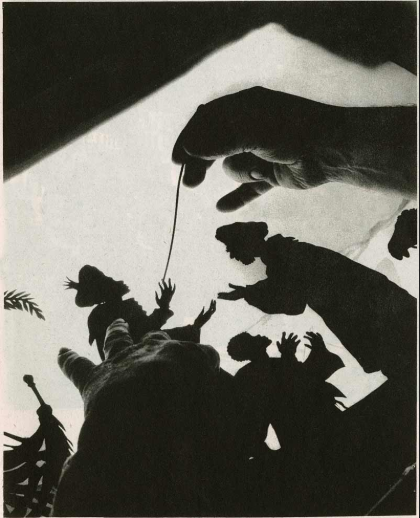 Remember the cover foto? This is where that’s from. The oldest surviving animated feature film. Lotte Reiniger invented a silhouette animation technique, similar to Wayang shadow puppets, and made a whole film based on 1001 Nights. Each frame had to be filmed, 24 frames per second. The result is drop dead gorgeous. Here’s a video of how she does it. She also invented a predecessor to the multiplane camera, which moves pieces past a camera at various speeds and distances to create the illusion of depth.
Remember the cover foto? This is where that’s from. The oldest surviving animated feature film. Lotte Reiniger invented a silhouette animation technique, similar to Wayang shadow puppets, and made a whole film based on 1001 Nights. Each frame had to be filmed, 24 frames per second. The result is drop dead gorgeous. Here’s a video of how she does it. She also invented a predecessor to the multiplane camera, which moves pieces past a camera at various speeds and distances to create the illusion of depth.
Papageno – Lotte Reiniger, 1935
Did I mention I love the silhouette stuff?
Sovjet animation
Senka the African, 1927
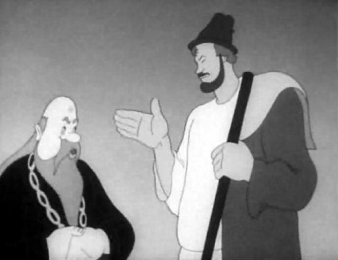 A post-revolution Russian cartoon. The Sovjet Union/Russia has a century-long animating tradition which produced some lovely results. During these early stages, they studied their American counterparts, but immediately attempted to create their own style of animation.
A post-revolution Russian cartoon. The Sovjet Union/Russia has a century-long animating tradition which produced some lovely results. During these early stages, they studied their American counterparts, but immediately attempted to create their own style of animation.
Samoyed Boy, 1928
Odd little thing, but interesting. If I understand correctly, styled like traditional Nenets art (an ethnic group in northern Russia) with a dramatic story.
Post – Mikhail Tsekhanovsky, 1929
Russian animators had a tradition of using either cutouts or stop-motion. Post is a return to the cut-out tradition but with a more artistic approach.
The Tale of the Fox – Vladislav Starevich, 1930
Remember this guy? The dead bug guy? He made this creepy looking thing in 1930 (released in 1937). To be fair, stop-motion animation never quite managed to stop looking creepy. Regardless, I am impressed with the scope of this full-length movie. Awesome light effects at 21:28. Sadly, the video stops working at 25 mins.
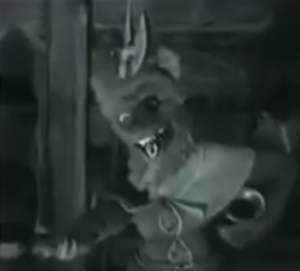
Night on Bald Mountain – Alexandre Alexeieff, 1933
Invention of the pinscreen method. The footage is unclear, but it looks weird and amazing. Had a major influence on later Russian animators such as Yuri Norstein. Will definitely be looking out for more of him!
Let’s speed things up a bit.
The New Guliver – Aleksandr Ptushko, 1935
Live action and puppet animation. Seemed to enjoy designing grotesque heads.
The tale of the priest and of his workman balda, 1936
An attempt at the Disney-style by Sovjet animators.
Doctor Alboyit, 1939
This defined the Sovjet-style of animation. Characters have these wavy kind of movements you can find in other Russian or even Chinese animated films. I wonder why they keep animating them like that.
War Chronicles – Dmitry Babichenko 1939
A more effect-laden propaganda style.
Conclusion: some rather nasty beetles and some beautiful efforts that were sadly forgotten, like Alexeieff’s pinscreen method and Reiniger’s silhouette animation.
Next page: Early stages of animation: 1900-1937 (2) – The rise of cartoons
How did you like my first post? Did I miss something important or leave out one of your favorites? Leave a comment!
